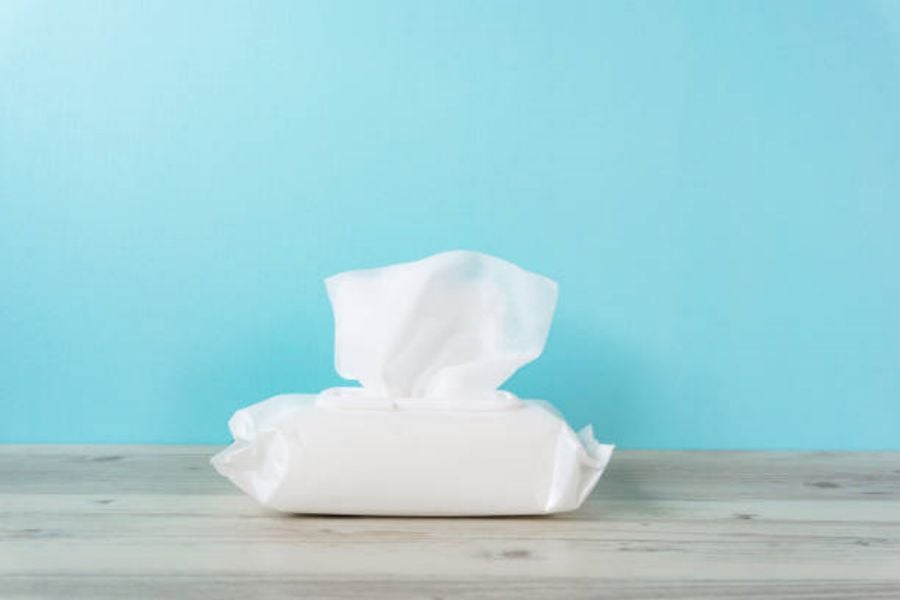Introduction
Wet wipes have become a household essential - they are used to clean up messes, remove makeup, and freshen up after a workout. But have you ever wondered what these convenient wipes are made of? In this comprehensive guide, we will explore the different components that make up wet wipes and their potential impact on the environment and your health.
The Basic Ingredients
Most wipes are made from a blend of synthetic fibers that are combined with other ingredients. The fibers are usually polyester, rayon, or a combination of both. These fibers are then bonded together to create a sheet that is cut into individual wipes. The other ingredients can vary depending on the type of wipe but usually include water, a cleansing agent, and a preservative.
The Cleansing Agents
The cleansing agent in wet wipes is what gets rid of dirt and grime. It can be a soap or detergent and is usually a mild formula that won't dry out your skin. However, there have been concerns about some cleansing agents that are used in wipes, particularly those that contain alcohol or other harsh chemicals. These can cause skin irritation and even chemical burns if used too often.
The Preservatives
Preservatives are added to wet wipes to prevent bacteria and mold from growing. The most common preservative used in wipes is phenoxyethanol, which is considered safe in small concentrations. Some wipes also contain parabens, which have been linked to health concerns. If you are concerned about the safety of the preservatives in your wipes, look for products that use natural preservatives, such as grapefruit seed extract or rosemary extract.
The Packaging
The packaging of wet wipes is also an important consideration. Many wipes come in plastic containers or pouches, which contribute to the plastic waste problem. Some brands have started using biodegradable packaging made from materials like bamboo or cornstarch. Some companies also offer refillable containers, which can cut down on waste and save you money in the long run.
The Environmental Impact
Wet wipes have been identified as a major contributor to the global plastic pollution problem. When disposed of improperly, they can end up in oceans and waterways, where they can harm wildlife and damage ecosystems. Some wipes are labeled as "flushable," but this doesn't mean they are safe to flush down the toilet. They can clog pipes and sewage systems, leading to costly repairs.
The Health Concerns
As mentioned earlier, some of the ingredients used in wet wipes can cause skin irritation and other health issues. There have also been concerns raised about the potential for wipes to contribute to the development of antibiotic-resistant bacteria. When wipes are used to clean surfaces that have come into contact with bacteria, they can transfer that bacteria to the next surface they are used on, creating a cycle of contamination.
The Alternatives
For those who are concerned about the environmental and health impacts of wet wipes, there are alternatives. Cloth wipes can be used instead of disposable wipes, and can be washed and reused multiple times. Brands like Cheeky Wipes and Mama Bamboo offer reusable wipes that are made from organic cotton or bamboo. Another alternative is to use soap and water or a spray cleaner and a microfiber cloth instead of wipes. This will reduce the amount of waste you generate and can be gentler on your skin and the environment.
Conclusion
Wet wipes are a convenient and useful product, but they come with their own set of concerns. By understanding what they are made of and their potential impacts, you can make an informed decision about whether or not to use them. If you do choose to use them, look for products that are made with natural ingredients and biodegradable packaging. And remember, when in doubt, a little soap and water can go a long way.

